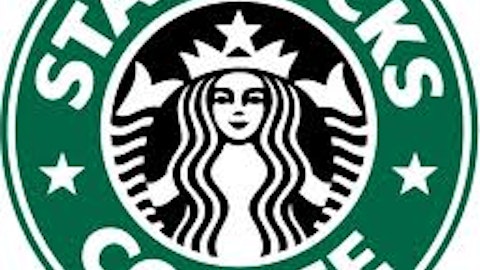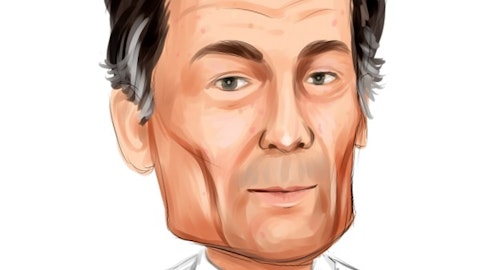With the Organisation for Economic Co-operation and Development pinpointing the United States as the most obese country in the world, it can be hard to find many positives with regard to health statistics. Obesity has been linked to a number of health complications including being at a higher risk of heart attack, stroke, and diabetes. In addition to increased personal health complications, it can also strain a health care system that isn’t equipped to deal with a growing number of people who are showing up in hospitals with weight-related complications.
The good news is that obesity awareness is increasing thanks to the efforts of the Centers for Disease Control and Prevention, as well as a growing number of people who’ve decided to make a different lifestyle choice. In addition, many restaurants and grocery stores are catering to changing demands that call for healthier and more nutritious food and beverage choices.
If there were a gold star to be given to anyone in the U.S., it would be the following seven states, which, according to a Gallup poll conducted in collaboration with Healthways, are the least obese.
Source: Gallup.
It’s clear that there are certainly cultural and socioeconomic factors at work here that are playing into the hands of higher and lower obesity rates.
The cultural impact of obesity
As you’ll notice, the seven least obese states in the U.S. are located in the West or in New England. While I wouldn’t dare talk poorly about deep fried food in the South, or a cheesesteak in Philly, there certainly seems to be a correlation based on the Gallup poll that food with considerably higher fat content leads to higher obesity rates.
Take Dunkin Brands Group Inc (NASDAQ:DNKN), for instance, with its army of Dunkin’ Donuts stores up and down the East Coast. Its doughnuts are baked instead of deep fried which does give them the added bonus of being a bit healthier; but that still hasn’t saved them from being largely unsuccessful in penetrating the West Coast.

Source: Rene Schwietzke, commons.wikimedia.org.
In 1999, Dunkin pulled out of California after 12 stores failed to inspire the desired results, then tried to reenter the Sacramento market unsuccessfully three years later. Don’t get me wrong; I’m not trying to blame Dunkin Brands Group Inc (NASDAQ:DNKN) for higher obesity trends in the South and East Coast (in fact, I can’t wait to get my doughnut when I go back to New York this summer!). However, I think Dunkin’s lack of success out West helps demonstrates that the cultural awareness of what we’re eating is much higher on the West Coast and in these seven states than anywhere else in the U.S.
Socioeconomic factors matter, too!
Socioeconomic factors are also at work here. People with less income simply have fewer options when it comes to their choice of food and are often forced to opt for fast food. While not a precise science, looking at data from the U.S. Census Bureau averaged over a three-year period and examining average household income by state found that five of the seven least obese states rank in the top 14 in terms of U.S. household income. Higher income gives consumers more choices and access to healthier food options that lower income families don’t have.
We’re beginning to see a shift in these trends from some of the nation’s most-frequented fast-food establishments. Take McDonald’s Corporation (NYSE:MCD), for example, which was credited with introducing wraps last decade and was one of the first fast-food retailers to put salads on its menu. Even Starbucks Corporation (NASDAQ:SBUX) provides a great example. Known in the past for its coffee and pastries, Starbucks has dramatically expanded its food offerings to include many locally grown and organic sandwiches and snacks. Although I wouldn’t dare lump Starbucks Corporation (NASDAQ:SBUX) in the same category as “fast food restaurants” like McDonald’s Corporation (NYSE:MCD), they’re all on the same team with regard to beefing up their health food selections.



